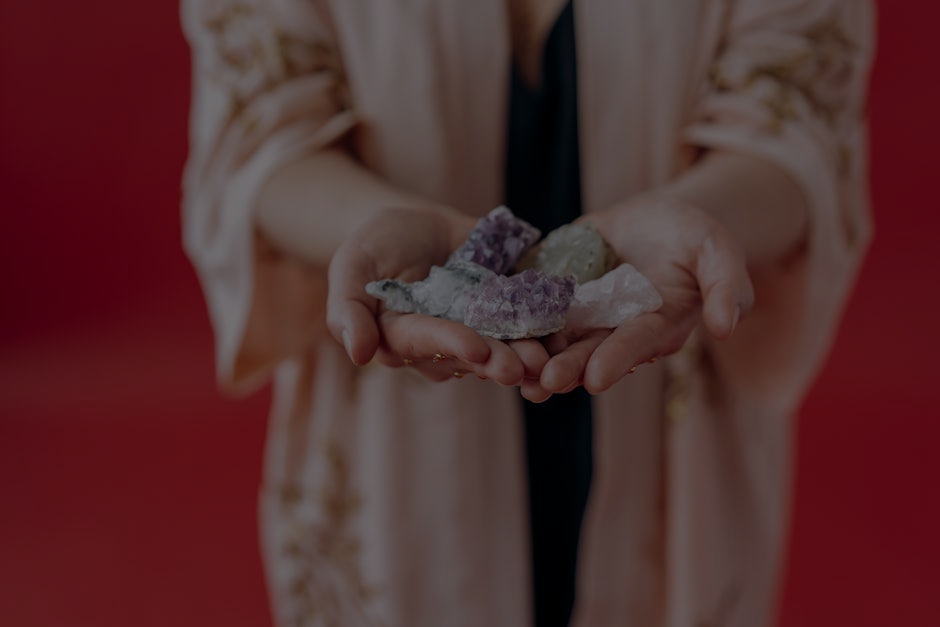Creating Harmony: Feng Shui for Couples’ Shared Spaces
Finding balance in shared spaces is essential for couples. Feng Shui offers practical tips to enhance harmony, improve communication, and foster love in your home. Discover how to create a nurturing environment for your relationship.
Understanding Feng Shui Basics
Feng Shui, an ancient Chinese practice, focuses on the flow of energy (Qi) in our surroundings. By arranging your living space thoughtfully, you can enhance well-being and harmony. In shared spaces, this becomes crucial as it directly influences the dynamics between partners. Each element in your home can either support or hinder your relationship, making it essential to understand how to balance these forces.
Choosing the Right Colors
Colors play a significant role in Feng Shui, impacting mood and energy levels. Soft, warm colors like peach, cream, and light green create a soothing atmosphere, promoting intimacy and connection. In contrast, bold colors like red can invigorate but may also lead to tension. When selecting decor for shared spaces, opt for colors that resonate with both partners’ preferences, ensuring a balance that reflects unity and understanding.
Decluttering for Clarity
A cluttered space can lead to a cluttered mind, causing stress and miscommunication. Regularly decluttering shared spaces is essential for maintaining a harmonious environment. Each partner should take time to assess their belongings, letting go of items that no longer serve a purpose or bring joy. This practice not only frees up physical space but also symbolizes the release of emotional baggage, allowing for clearer communication and deeper connections.
Positioning Furniture for Connection
The arrangement of furniture can significantly influence interactions between partners. In shared spaces, furniture should encourage conversation and connection. Position sofas and chairs to face each other, fostering open dialogue. Avoid placing furniture in a way that creates barriers, as this can lead to feelings of separation. Additionally, ensure that both partners have equal space and representation in the room, promoting a sense of partnership and equality.
Incorporating Personal Touches
Personalizing shared spaces with meaningful items strengthens the bond between partners. Displaying photographs, artwork, or souvenirs from trips can evoke fond memories and spark conversations. Each partner should contribute to the decor, ensuring that the space reflects their shared journey while also honoring individual identities. This balance of personal touches creates an inviting atmosphere that nurtures love and connection.
Utilizing Nature’s Elements
Bringing nature into shared spaces is a powerful way to enhance Feng Shui. Incorporating plants, natural light, and earthy materials can uplift energy and promote tranquility. Plants like peace lilies or snake plants are not only aesthetically pleasing but also improve air quality. Positioning them strategically in the room can enhance the flow of positive energy, fostering a nurturing environment for the relationship.
Creating Zones for Individuality
While shared spaces should promote togetherness, it’s equally important to allow for individuality. Designate specific areas within the shared space for each partner’s interests or hobbies. This could be a cozy reading nook or a workspace. By honoring each other’s personal space, couples can cultivate a sense of autonomy while still enjoying the benefits of shared living.
Final Thoughts: Nurturing Your Relationship Through Feng Shui
Feng Shui offers valuable insights into creating balanced and harmonious shared spaces for couples. By understanding the principles of energy flow, choosing the right colors, decluttering, and incorporating personal touches, partners can foster a nurturing environment that supports their relationship. Remember, the key to success lies in communication and collaboration, ensuring that both partners feel valued and connected in their shared home. Embrace these tips and watch your relationship flourish!



